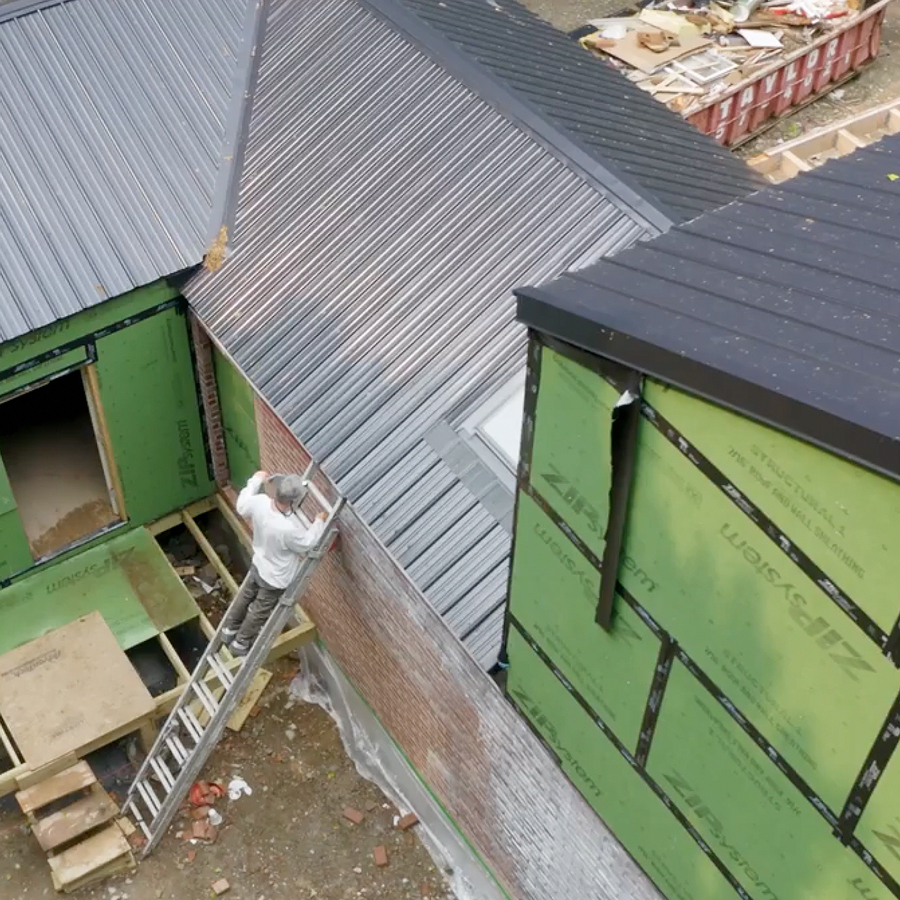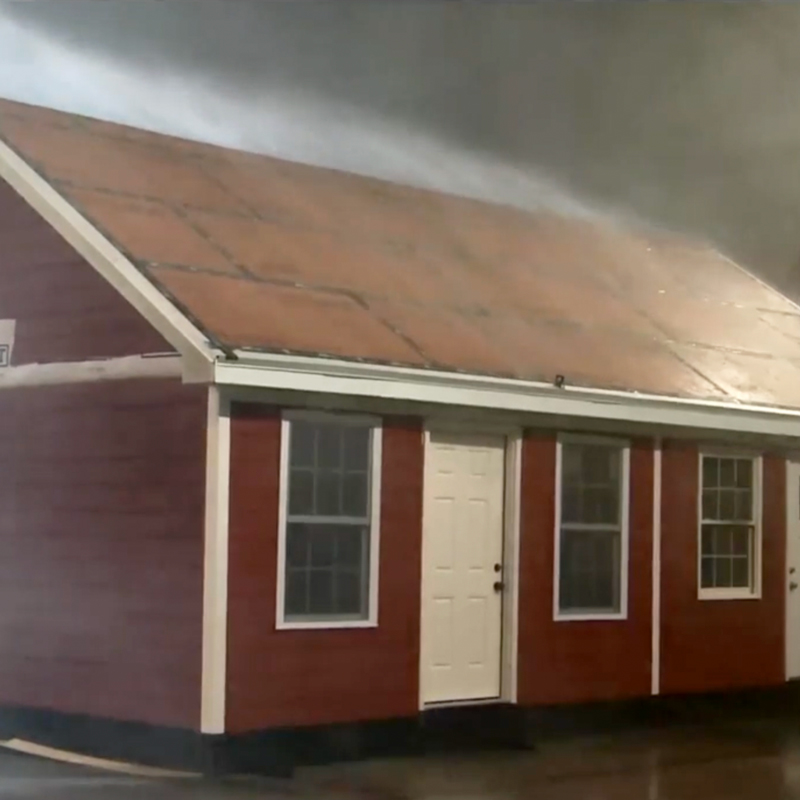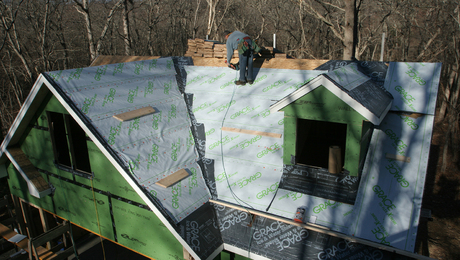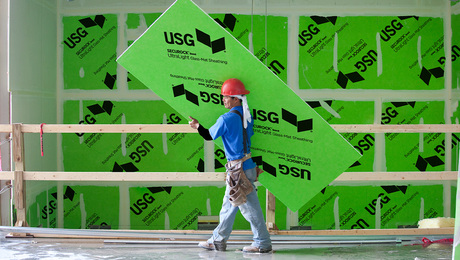Roll Flashing Tape for a Durable Bond
To ensure that self-adhered flashing tape seals properly, be sure to apply pressure at the time of install.
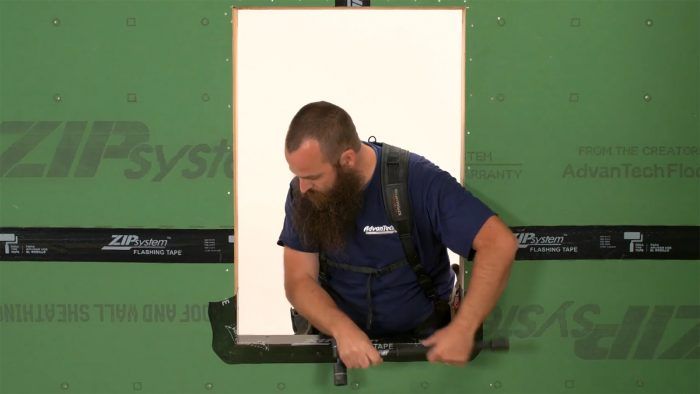
Before Huber’s ZIP System Sheathing came into my life, I never rolled flashing tape. I understand that the ZIP tape is pressure-activated and must be rolled for a durable bond. Is the same true of other flashing tapes?
—Mark Sullivan, Denver, Colo.
Builder and building science expert Ben Bogie replies: The really short answer is yes.
Here’s where it gets a bit confusing, though. Not all manufacturers state on their product packaging that the tape needs to be rolled, but if you dig into the technical install documents (at least every one I’ve checked), buried in there is language stating that you need to apply pressure to the tape at the time of installation. The reason for this is that all of the modern tapes use what are called pressure-sensitive adhesives. What this means is that in order for the physio-chemical interaction to happen and create a tenacious bond, we have to exert concentrated pressure in some manner on the tape. This creates an action known as “wetting,” where the fluid adhesives conform tightly to the surface texture of the material they’re being applied to. How we apply that pressure isn’t particularly important but manufacturers have various recommendations, the most common being the use of some form of J-roller. Additionally, you can use things like plastic putty knives, automotive body compound spreaders, HVAC tape squeegees, or the edge of a speed square. The tool isn’t as important as the action.
RELATED LINKS








